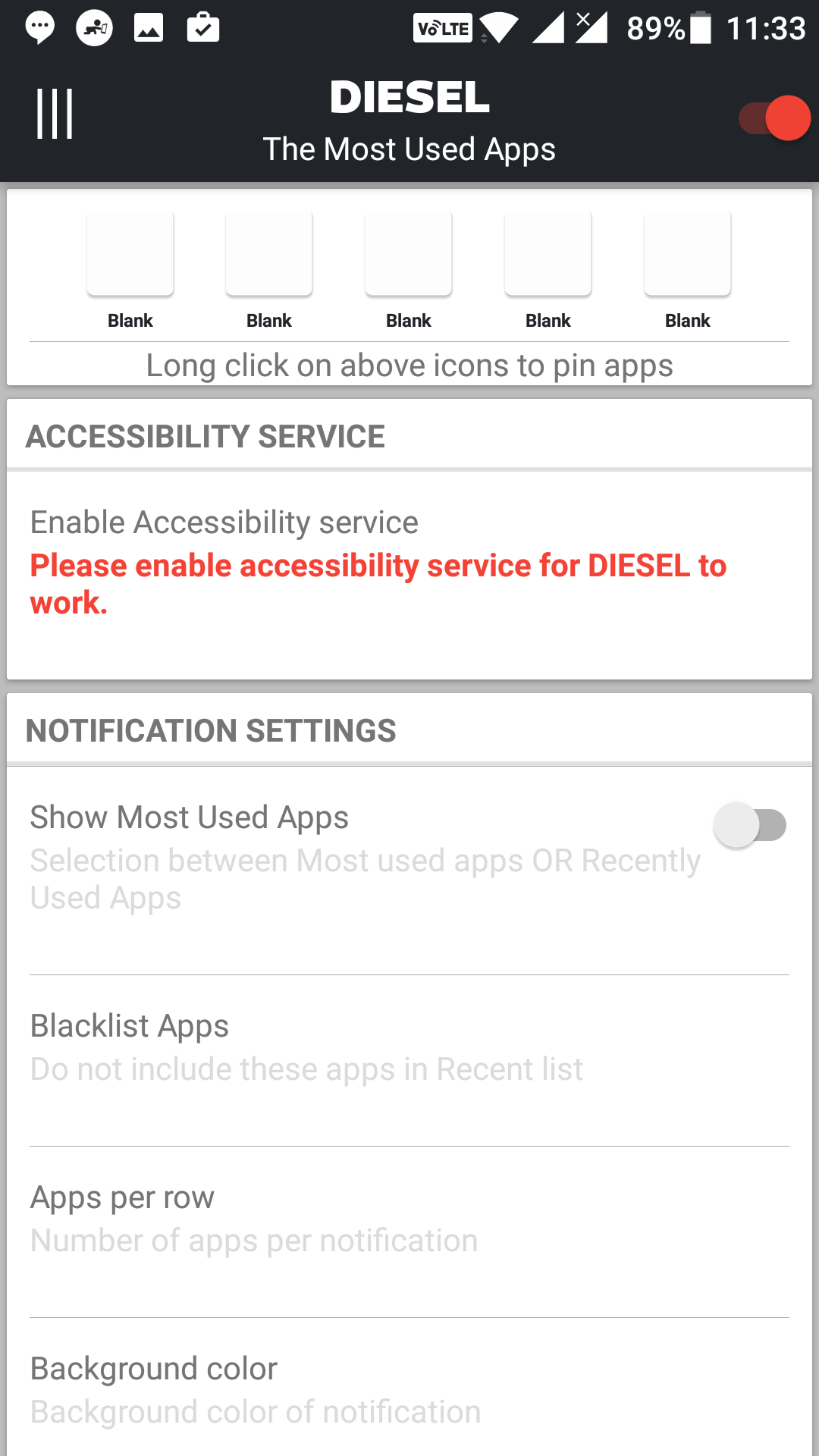

Whenever possible, initiate a permission request when the user selects a feature that requires that permission. A prompt will appear on your first time connecting requesting permission to. That’d be just plain silly! Unless that’s your thing – no judgment here. Avoid asking for all permissions upfront, when the app is first installed. From a end user perspective they will get a welcome message when the device. that we dont end up going the same way as those magnificent dinosaurs. Have you ever run into quirks or am I the only one? Perhaps you have some deeper insight or a few tricks up your sleeve? If so, let me know! for its astronomy knowledge or asked to be sent on long missions to Mars. Or that I have 17 monitors encircling me like a Neil Peart drum kit?Įither way, I’m very interested in hearing about your own dock moving experiences.
#STOP LAUNCHBAR ASKING FOR PERMISSION WINDOWS 10#
Possibly the virtual arrangement position of the displays? Windows has in-built settings that can be modified and which will finally stop Windows 10 from asking permission when you run third-party apps. Attempting to start playback of more than 100 songs now asks for confirmation. (Perhaps this contributes to my selective memory on the subject.) Changed Show in Music action shortcut to Command-Return. They can dock hop with the greatest of ease - no senseless clicking or eyes darting about looking for the active window. But what I find interesting is that apparently, not everyone experiences this “inactive” phenomenon. Now you may go back to the original monitor (which will be inactive) and execute the mouse-at-the-bottom trick to move the dock back over once again.Īt least that’s how it works for me. If the user selects Permit, the operation continues with the users highest available privilege. When an operation for a non-Microsoft application requires elevation of privilege, the user is prompted on the secure desktop to select Permit or Deny. Go ahead and click somewhere on the inactive display and notice the menu bar losing its lonely-inactive-greyness and springing to life in all its bright-active-shininess. Prompt for consent for non-Windows binaries.What happens? Nothing?! The dock doesn’t move back?! Here’s what I think might be happening… Though the dock magically appears on the new screen, the display itself isn’t actually made active until an event occurs (such as clicking on a window or the desktop). Go back to the original screen and try moving your cursor to the bottom.Now slide your cursor to the bottom of said screen, and voila! The dock should appear on the new screen while it simultaneously disappears from the old.Click on Settings gear > Site Permissions > Access Requests Settings. You can tell which of your displays are inactive because the menu bar at the top of the screen will be greyed out. Looking for a way to disable access requests in SharePoint Online.




 0 kommentar(er)
0 kommentar(er)
